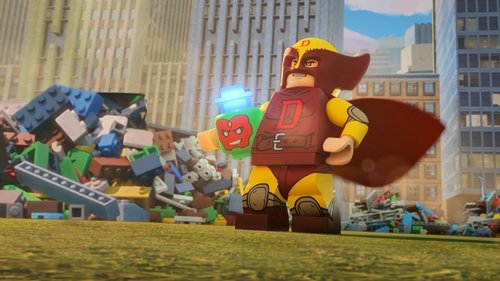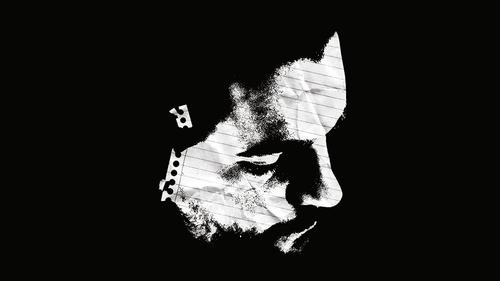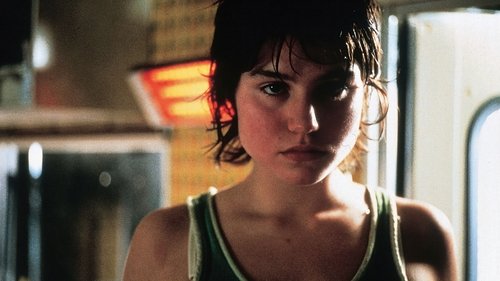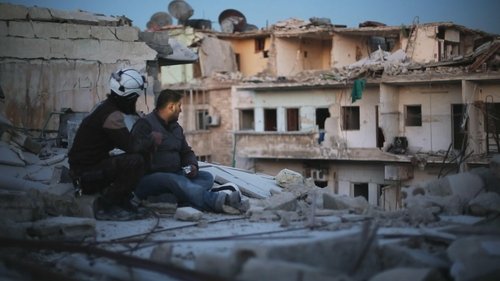Informações
Sinopse:
Duração: 00h45m
Data de lançamento: 14 de abril de 2008
Genêros: Documentário.
Elenco: Luke Cresswell,
(10 votos)
?
?

Sinopse:
Duração: 00h45m
Data de lançamento: 14 de abril de 2008
Genêros: Documentário.
Elenco: Luke Cresswell,

Um jovem aspirante a herói e fã de superheróis liberta acidentalmente um poderoso novo vilão, que deseja livrar o mundo dos Vingadores.

James White is a troubled twentysomething trying to stay afloat in a frenzied New York City. As he retreats further into a hedonistic lifestyle, his mother's battle with a serious illness faces a series of setbacks that force him to assume more responsibility. With the pressure on him mounting, James must find new reserves of strength or risk imploding completely.

A jovem e impulsiva Rosetta (Emile Dequenne) vive num trailer, com sua mãe (Anne Yernaux), alcoólatra e agressiva. Sua vontade de mudar de vida é tanta que todos os dias ela luta muito por um emprego. Seu maior problema nem sempre é achá-lo, e sim manter-se nele. Ela sai à procura de trabalho como alguém que está indo para a guerra e, nesta sua luta cotidiana para sair da pobreza e levar uma vida “normal”, vale tudo.

Ichiko faz um bolo para uma festa de fim de ano com as amigas. No auge do inverno, fazer mochi e curry mantém o povo de Komori aquecido. Mais tarde, a primavera traz pensamentos sobre sua mãe ausente, bem como sobre o plantio de arroz e sakura, e ela começa a pensar em deixar Komori para trás novamente.

24 é um filme indiano de 2016 dirigido por Vikram Kumar. O filme foi escrito e dirigido por Vikram Kumar. Baseado no conceito da viagem no tempo, e estrelado por Suriya, Samantha Ruth Prabhu, Nithya Menen e Saranya Ponvannan

Jack é uma jovem problemática que acabou de completar 18 anos e está em liberdade condicional por conta dos delitos que cometeu na adolescência. Órfã, Jack precisa manter-se longe de confusões para não ser presa novamente e então obter a guarda legal da sua irmã mais nova. Em uma tentativa de evitar que sua irmã seja adotada, Jack usurpa a identidade de outra pessoa e arranja um emprego como babá da Glory, uma menina autista de 11 anos. Agora a jovem precisa aprender a como cuidar de uma criança especial e manter sua falsa identidade protegida da família que a empregou e da justiça.

Os chamados Capacetes Brancos são soldados voluntários neutros que trabalham em zonas de guerra resgatando e salvando vidas de sobreviventes. Mas a situação em Aleppo, cidade Síria mais afetada pelos ataques do Estado Islâmico, está se tornando insustentável. Acompanhe uma equipe de resgate e entenda como funciona seu trabalho e como eles lidam com o risco constante de morte.

A mãe mais divertida do Brasil tornou-se apresentadora de TV, ficou famosa, mudou de endereço, de status econômico... mudou quase tudo, só não mudou a si mesma. Dona Hermínia continua hilária, irreverente muito preocupada com os problemas da família: Marcelina decide ser atriz e Juliano se descobre bissexual. Para completar, a irmã Lucia Helena, que mora há anos em Nova York, resolve fazer uma longa visitinha.

Um dos primeiros filmes da história mostrando a chegada do trem a estação de Lá Ciotat, França.

Trabalhadores atravessam o portão da fábrica Lumière para deixarem o local, seguidos por uma carruagem puxada por dois cavalos. Foi exibido em 22 de março de 1895, no Salon indien du Grand Café, quando Louis Lumière fez pela primeira vez uma demonstração pública de seu cinematógrafo. Pode ser considerado como o primeiro filme a ser projetado em público e originou 3 refilmagens dirigidas pelos próprios Lumière.